Political infighting in Sana’a and growing rivalries in Aden signal a bleak future for southern Yemen.
Yemen’s political transition after the Arab Spring conflict, which aimed at ushering in a new era of democratic development, has descended into political infighting in the capital, Sana’a. Armed clashes in the north and center of the country prompt fears of civil war, and unresolved issues within the National Dialogue Conference (NDC), such as the southern issue, are at the center of a potential breakdown of the entire transition process in coming weeks.
The People’s Republic of South Yemen was an independent state from 1967 until 1990, when it united with the Yemen Arab Republic (North Yemen). The main factions of the secessionist Peaceful Southern Movement (Hirak) under Ali Salem al-Baydh, the February 16 (2011) youth movement and Ahmed Ba’oum, continue their full rejection of the Dialogue Conference in Sana’a, demanding that the process only involve direct talks between the north and the south.
However, southern personalities such as Mohammed Ali Ahmed (chairperson of the NDC working group on the southern issue), Lutfi Shattara, BaSharahyl Hisham BaSharahyl and Yaseen Makawi, lead a delegation of 85 southerners who have joined the NDC since its launch on March 18, 2013. This group has taken on the representation of Yemen’s seven southern provinces: al-Dhalae, Lahj, Aden, Abyan, Shebwa, Hadhramawt and al-Mahara.
Participation of the southern delegation, under the guise of Hirak, has led to many challenges to their legitimacy from the general population and leaders in south Yemen, as well as by many in Sana’a. Under the leadership of Ahmed, who returned to Yemen as an ally of President Abdo Rabo Mansour Hadi, after self-imposed exile to the UK since 1994, southern delegates have introduced a number of proposals to solve the political conflict over secession.
Calls to end the unity between the former Yemen Arab Republic (north) and the People’s Democratic Republic of Yemen (south), extend from grievances over the collective punishment and discrimination of southern people by victorious northern political forces since the end of the civil war in 1994.
Southern NDC participants in Sana’a have maintained a political line short of demanding secession. This contingent has been at the front line of the proposal to establish a federal government in Yemen, with varying methodologies and timelines. Their proposal, presented in a 2,600 page document containing 460 recommended articles for the new constitution, came under scrutiny during the month of Ramadan, and later became the source of contention between southern delegates, UN Special Envoy Jamal BenOmar, NDC Secretary-General Dr. Ahmed Bin Mubarak Awadh, and President Hadi.
As political actors now aim to quickly complete the NDC, originally scheduled to have concluded on September 18, this political conflict has now divided the southern delegation into factions led by Mohammed Ali from Abyan and Yaseen Makawi from Aden.
Friction Within the National Dialogue Conference
Political conflicts began to surface near the scheduled end of the NDC and intensified after talks broke down during Ramadan. Tensions reached a new high on October 7, before the start of Eid al-Adha, when Ansar Allah delegates, representing Abd al-Malek al-Houthi’s northern rebels, were joined by Ahmed and his southern contingent in a boycott of the final sessions.
Southern Representative Ali is said to have filed a formal complaint with UN Special Envoy BenOmar and the Group of Ten (G10) embassies guaranteeing the transition process, as he announced the boycott. Ali primarily complained of interference by NDC Secretary-General Bin Mubarak Awadh and other administrators through their participation in committee meetings and voting on procedural and substantive matters, said BaSharahyl.
Bin Mubarak Awadh is also accused of having overstepped his duties as secretary-general when he joined southern representative Makawi, on October 8, in attempting to convince southerners to reject Ali’s boycott and return to the sessions.
Another southern delegate, BaSharahyl, also indicated that tensions rose when Ali was denied an audience with President Hadi prior to the start of Eid al-Adha. In the weeks between the start of the boycott and October 29, other events further contributed to growing friction between southerners and other political forces within the NDC, as well as within the Southern Movement itself in Aden.
This friction came to a head on October 30 when Ali reinforced his call for a continued boycott of the plenary sessions. At this point, Makawi, sitting co-vice president of the NDC representing the south, called for the removal of Ali as leader of the southern delegation in Sana’a. The move created deep fractures within the group.
Hirak members in Aden indicate such political moves by Makawi and NDC political forces simply aim at rushing to conclude the dialogue process before the two-year anniversary of the signing of the Gulf Cooperation Council-sponsored initiative, which led long-time President Ali Abdullah Saleh to transfer power to then-Vice President Hadi.
Divisions Within Hirak
Adding to existing tensions in Sana’a, many activists in Aden believe President Hadi’s visit to the Island of Soqotra during Eid al-Adha, and his announcement of plans to turn the island into a province within a federal Yemen — thereby removing it from southern Hadhramawt province’s jurisdiction — was aimed at creating further friction within the Southern Movement for political gain. Hadi’s announcement, seen by Hirak as part of a divide and rule strategy, inflamed criticism of him amongst the southern population and criticism of southerners in Sana’a as being complicit in a plot against the south.
Hadi’s Soqotra announcement was preceded by clashes between Hirak factions on October 12 in Aden’s Khor Makser district. The incident occurred during a ceremony to commemorate the 50th Anniversary of the revolution against British occupation. Clashes led to the fatal stabbing of Mohammed Saleh al-Sulhi, an ally of the Peaceful Southern Movement’s leader al-Baydh, and brought to the surface divisions within the Southern Movement. Ali Munasar, second secretary of the Socialist Party in Aden, indicated the incident was exploited by the media to tarnish the image of Hirak, whose leadership still aims at stronger unity among all factions.
Fragmentation was also rejected by the president of the Youth Movement for South Liberation, Fadi Hassan Ba’oum, who claimed Sana’a had a hand in the incident, and that it should serve “as a wake-up call” for southerners. Yet, other activists in Aden challenge Munasar’s views and acknowledge deepening divisions within Hirak.
Some observe the resurfacing of southern divisions created by the political conflict of 1986, when the Socialist Party ruling South Yemen split into two factions under then-President Ali Nasser Mohammed, referred to as zombra (defeated), and al-Baydh, known as thogma (victors).
Adeni activists believe the October 12 incident revived a rivalry now manifesting through geographic centers of power in southern Yemen: al-Dhalae province and Yafa’e area under al-Baydh’s loyalists’s rule; Abyan split between President Hadi and Ahmed; Hadhramawt split between al-Baydh loyalist Ahmed Ba’Ma’alam and Hassan Ahmed Ba’oum; and Aden divided by districts among all factions, including the February 16 (2011) youth.
To many who recall the political infighting, the current environment in Aden begins to resemble the fracturing of the province in January 1986. To such warnings, activists in Aden are adding concerns over the potential return of southern Salafists after the current Sa’dah War — another name for the Houthi rebellion — ends.
Aden’s Coming Turmoil
This combination of political infighting in Sana’a and growing rivalries in Aden signal an increasingly bleak future for the south. Analysis of the current situation leads one to believe that as the province of Aden remains the center of political leadership in the south and a symbolic center of power for President Hadi to bring about a final solution to north-south conflicts, it is also likely to be the center of violent clashes.
Streets throughout districts in Aden show the scars left by violent clashes with security forces since April of this year. Streets littered with burned tires and broken asphalt in Mansoura, Ma’ala and Tawahi, as well as piles of rocks. The impact of the October 12 clashes has so far been contained as a committee, led by Dr. Ali Jar’allah, looks into the murder of al-Sulhi.
Yet, al-Baydh’s allies from the southern al-Dhala’e and Lahj provinces have expressed concern over a possible alliance between the Yemeni Socialist Party, February 16 youth, and elements under the leadership of southern NDC delegate Ahmed against them, in order to gain an upper hand in negotiations with Sana’a.
Radfan Saed Saleh indicated that the split of the southern NDC delegation between Ali and Makawi on October 30 proved that the politics of the October 12 clashes backfired on Radfan’s and Hirak leader al-Baydh’s opponents, as NDC political forces have marginalized socialists and Ali.
All southern factions insist on the failure of the National Dialogue, in both its aim to resolve the political conflicts in the north and to properly address the southern issue. Leaders in all factions also indicate much of the blame rests with the international community, who failed to properly format the GCC initiative’s mandate and continue to marginalize the south within the transition process.
In turn, the population at large seems to dismiss any legitimacy left for southern NDC delegates. Southerners participating in the Dialogue Conference are now accused of mere political positioning for the post-transition period like their northern counterparts, rather than being honest advocates of southern grievances. Direct blame is also increasingly directed at BenOmar and President Hadi.
NDC delegates indicated that the current plan is to conclude the conference by the end of November. In order for this occur, nearly two and a half months after the September 18 deadline, UN Envoy BenOmar must pull a rabbit out of his hat, at a time when confidence is at an all-time low.
Political conflicts inside the NDC halls are far from being solved, and as long as the Southern Issue Committee fails to gain support from the influential southerners Ali and Shattara, voting cannot take place, thereby preventing progress on the ultimate issue: a new constitution for Yemen. Expectations of a quick conclusion to the NDC prior to the scheduled end of the two-year transition period are low, and southern delegates see no legitimacy in any extensions without full consultation.
In Aden, prospects of a unified Hirak leadership seem further away than prior to the events of October 12. The primary issues of contention between factions seem irreconcilable as leading figures, inside Yemen and abroad, insist on their right to lead the movement. Youth in the south refuse to be led by those who signed the unity agreement in 1990, and yet lack the funding and capacity to establish institutions creating a cohesive movement.
Challenges to Hirak are also moving beyond those presented by Sana’a. Many activists acknowledge growing concern over the potential backlash from returning Salafi militias mobilized to fight Houthi rebels in Sa’dah province. The future for south Yemen indeed looks bleak.
The views expressed in this article are the author's own and do not necessarily reflect Fair Observer’s editorial policy.
Image: Copyright © Shutterstock. All Rights Reserved
Support Fair Observer
We rely on your support for our independence, diversity and quality.
For more than 10 years, Fair Observer has been free, fair and independent. No billionaire owns us, no advertisers control us. We are a reader-supported nonprofit. Unlike many other publications, we keep our content free for readers regardless of where they live or whether they can afford to pay. We have no paywalls and no ads.
In the post-truth era of fake news, echo chambers and filter bubbles, we publish a plurality of perspectives from around the world. Anyone can publish with us, but everyone goes through a rigorous editorial process. So, you get fact-checked, well-reasoned content instead of noise.
We publish 2,500+ voices from 90+ countries. We also conduct education and training programs
on subjects ranging from digital media and journalism to writing and critical thinking. This
doesn’t come cheap. Servers, editors, trainers and web developers cost
money.
Please consider supporting us on a regular basis as a recurring donor or a
sustaining member.
Will you support FO’s journalism?
We rely on your support for our independence, diversity and quality.




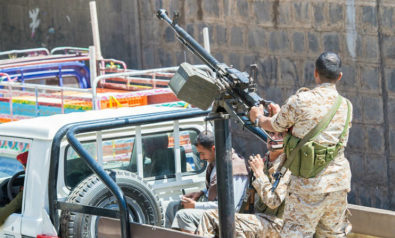
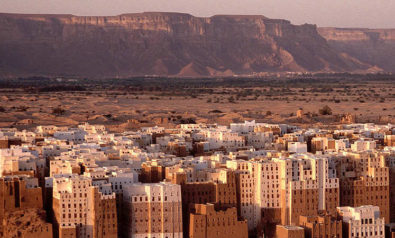
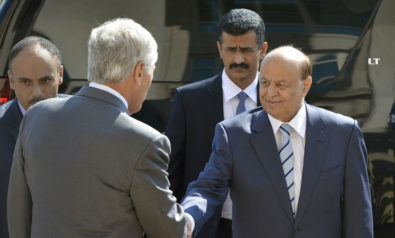
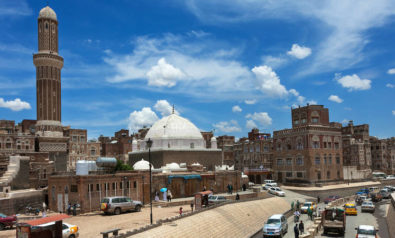
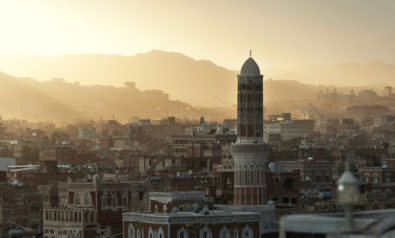
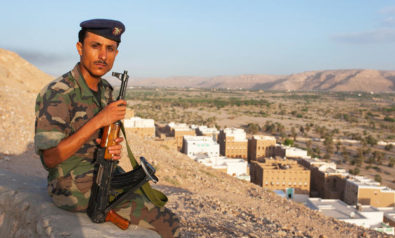

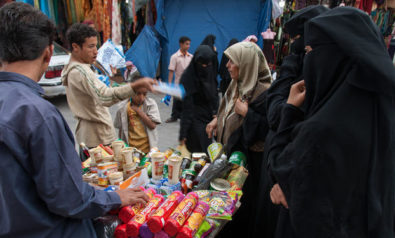
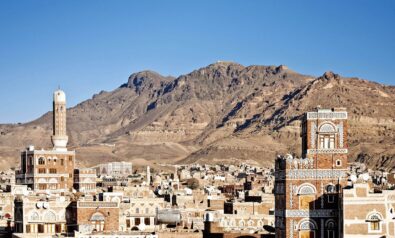
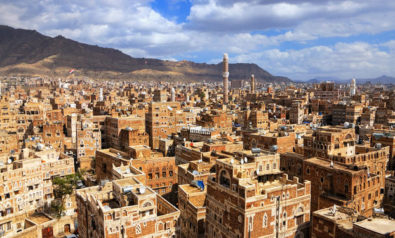
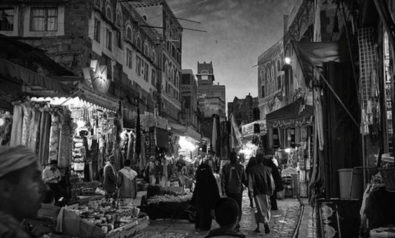
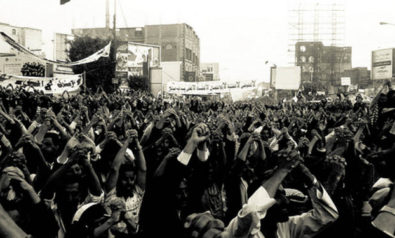
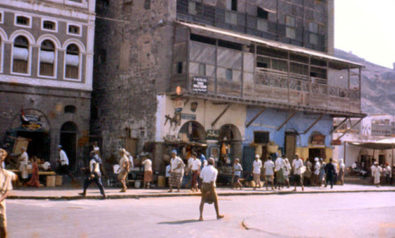
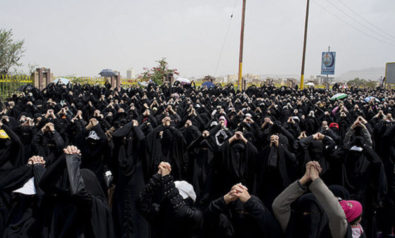


Comment